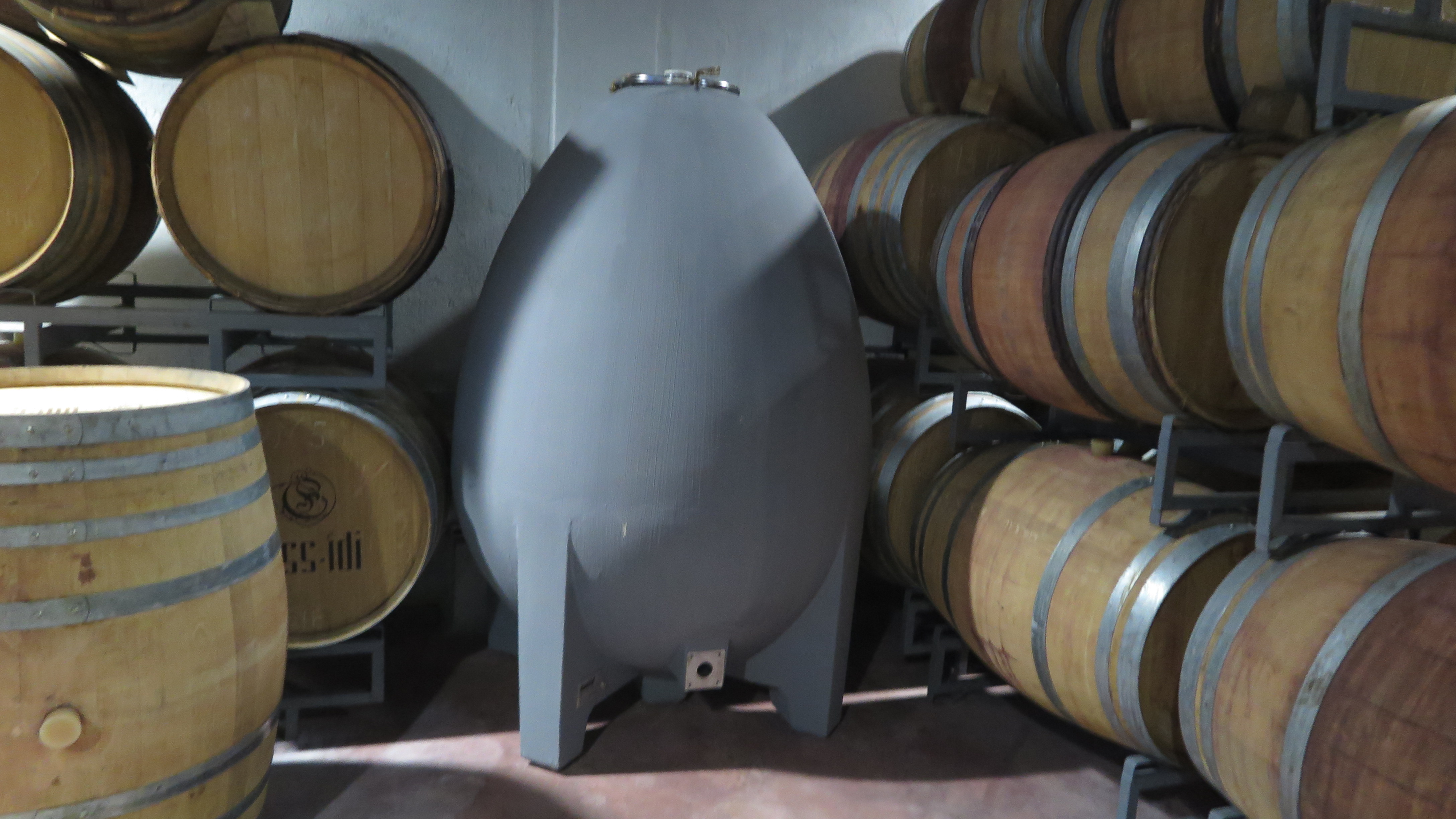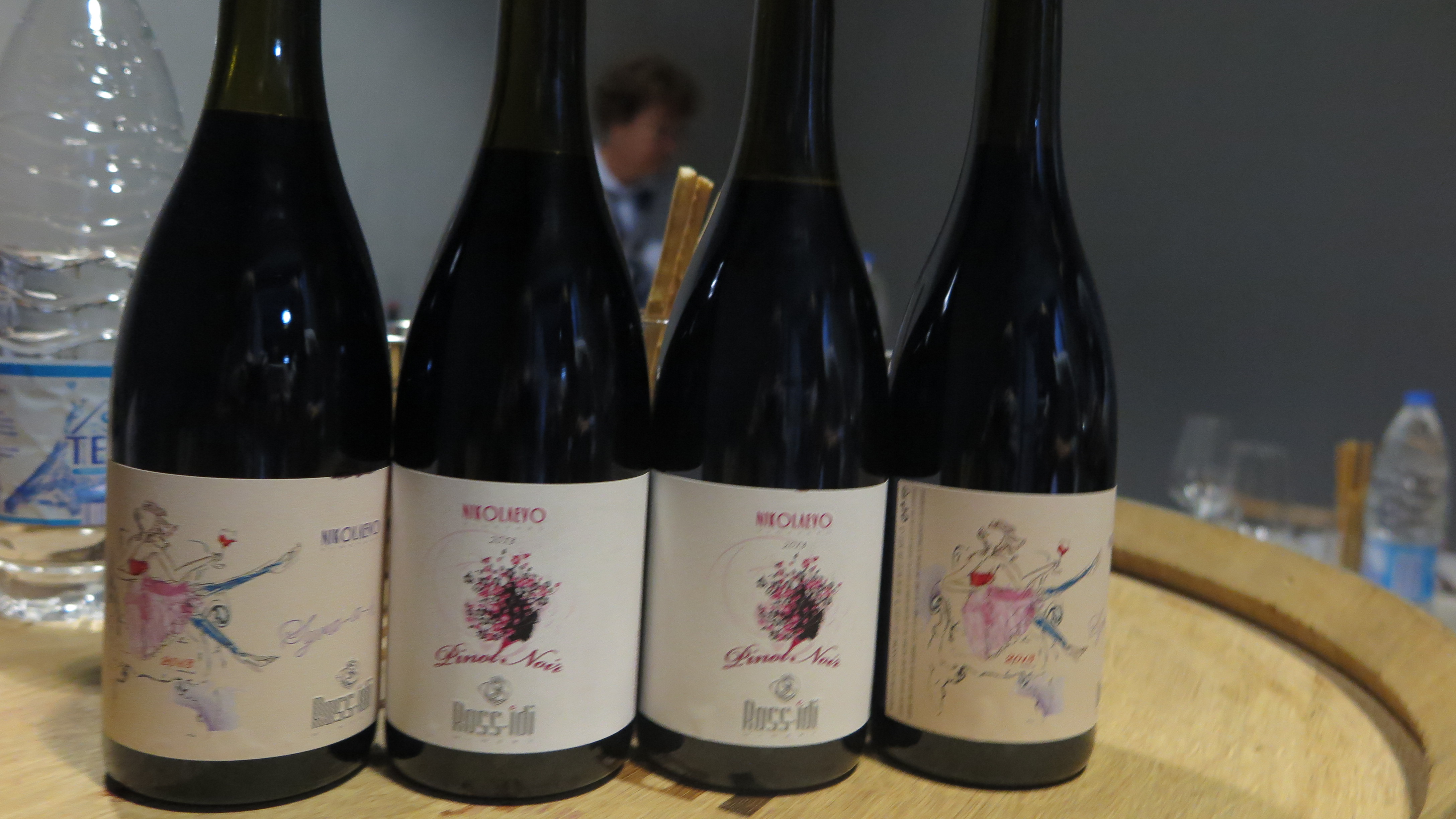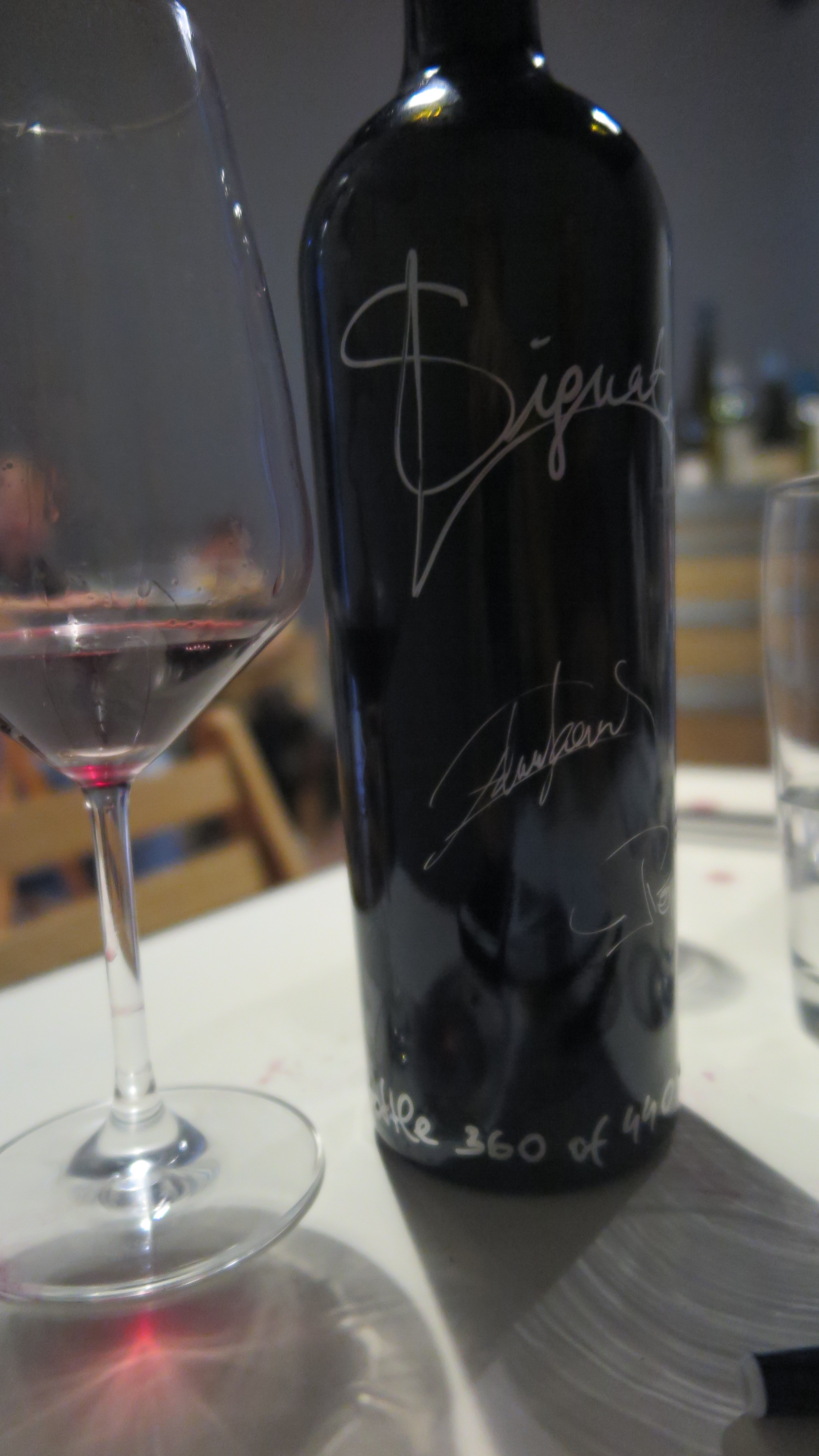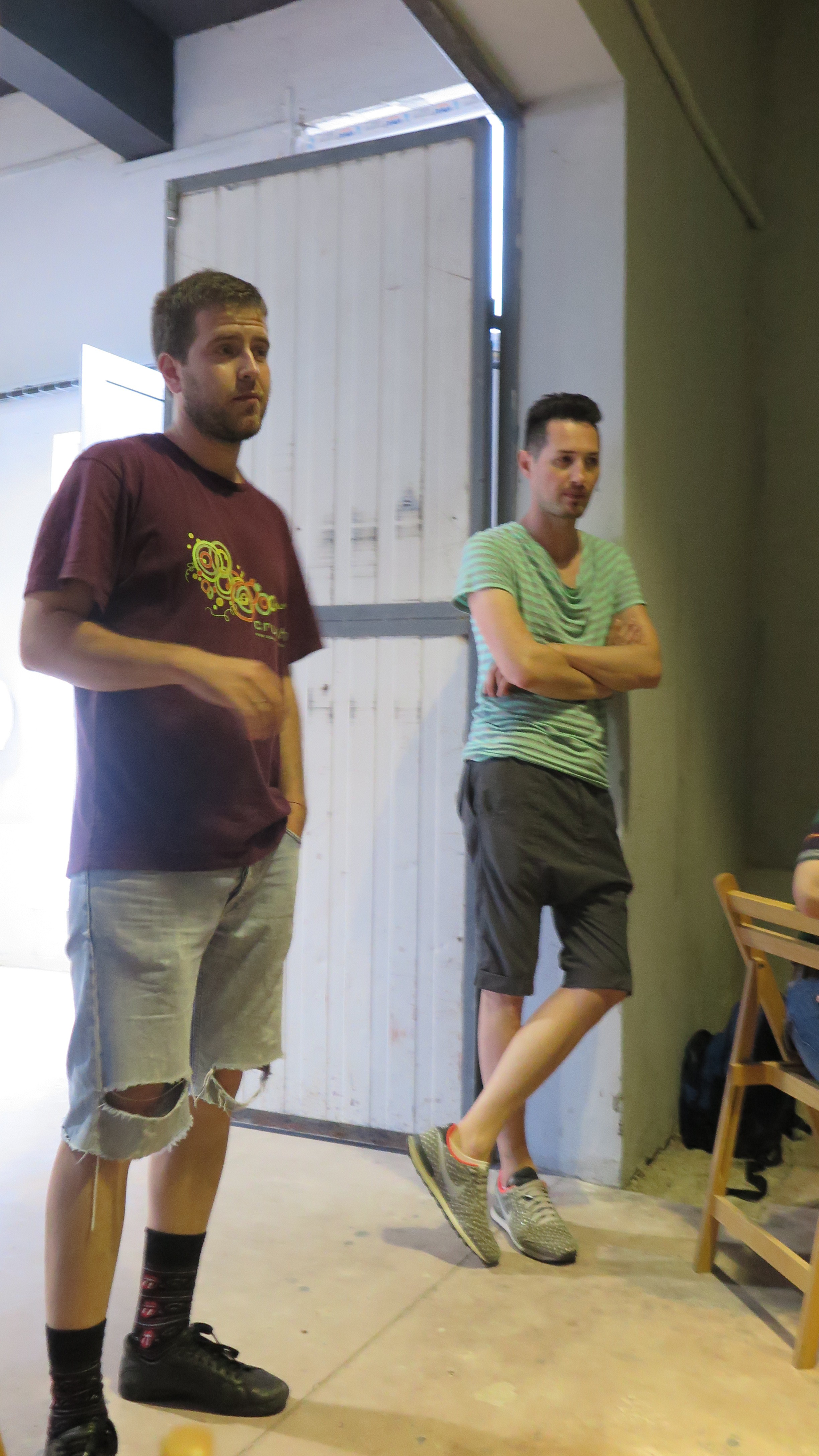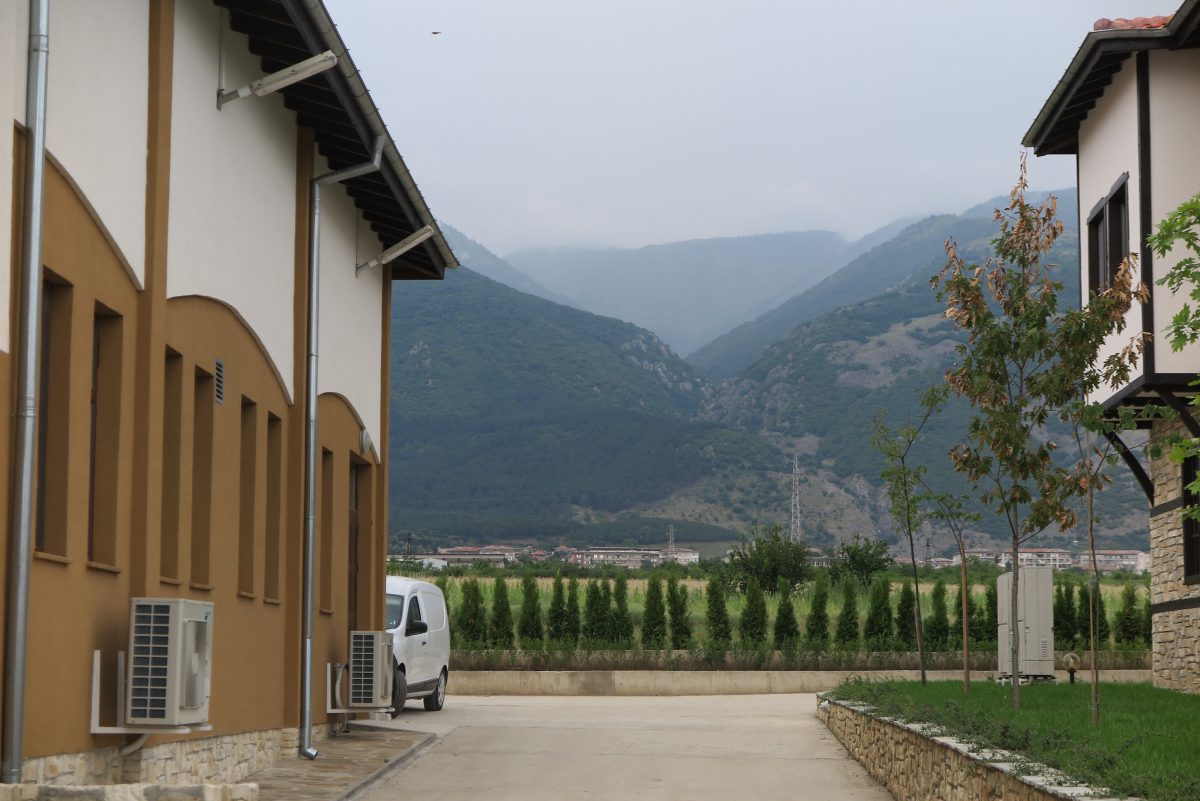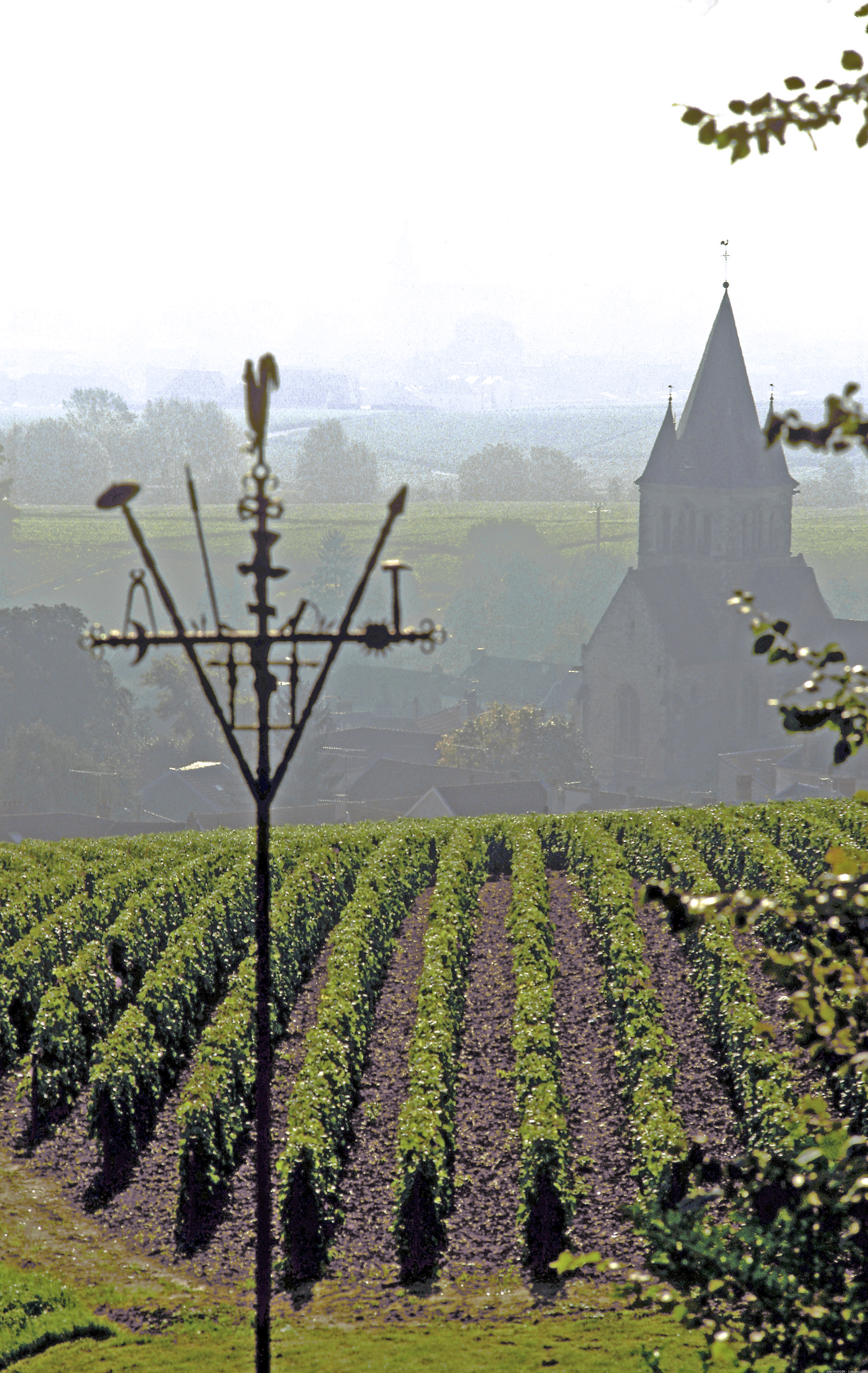 At a time when Paris is hosting the COP 21 talks that could pave the way for an agreement on combating climate change, the Champagne Region is contributing to the international effort through its pioneering commitment to sustainable and responsible wine-growing.
At a time when Paris is hosting the COP 21 talks that could pave the way for an agreement on combating climate change, the Champagne Region is contributing to the international effort through its pioneering commitment to sustainable and responsible wine-growing.
Global warming in the region is a fact: temperatures have increased by close to 1.2°C in 30 years and the blossoming and grape harvest dates have moved forward by a fortnight. “The Champagne Region very quickly grasped that climate change was a priority issue and we were duty-bound to plan ahead”, explains Vincent Perrin, the director general of the Comité Champagne.
The whole Champagne Region began to get involved in the 1980s, implementing solutions to protect the environment (technical specifications, decision-making tools, advice and support).
In 2003, Champagne was the world’s first wine-growing region to calculate its carbon footprint and implement a carbon plan which enabled several focus areas to be selected (sustainable wine-growing, transport and freight, building energy efficiency, responsible procurement and fostering active involvement) and led to truly innovative solutions being developed, such as reducing the weight of Champagne bottles by 7%.
In a decade, the region has managed to cut its greenhouse gas emissions by 15% per bottle shipped, making it one of the few industries to have reduced its emissions in absolute terms.
All of the region’s professionnals are now involved in the initiative.
Moreover, UNESCO’s decision to include the Champagne Slopes, Houses and Cellars on its World Heritage List is a source of encouragement for the efforts made and demonstrates the industry’s ability to preserve its heritage.
“The Champagne houses and growers are more united than ever before around a sustainable wine-growing strategy. Promoting our wines means constantly innovating so that we can pass on our economic and environmental heritage to future generations”, conclude Pascal Férat and Jean-Marie Barillère.
Source: CIVC, France

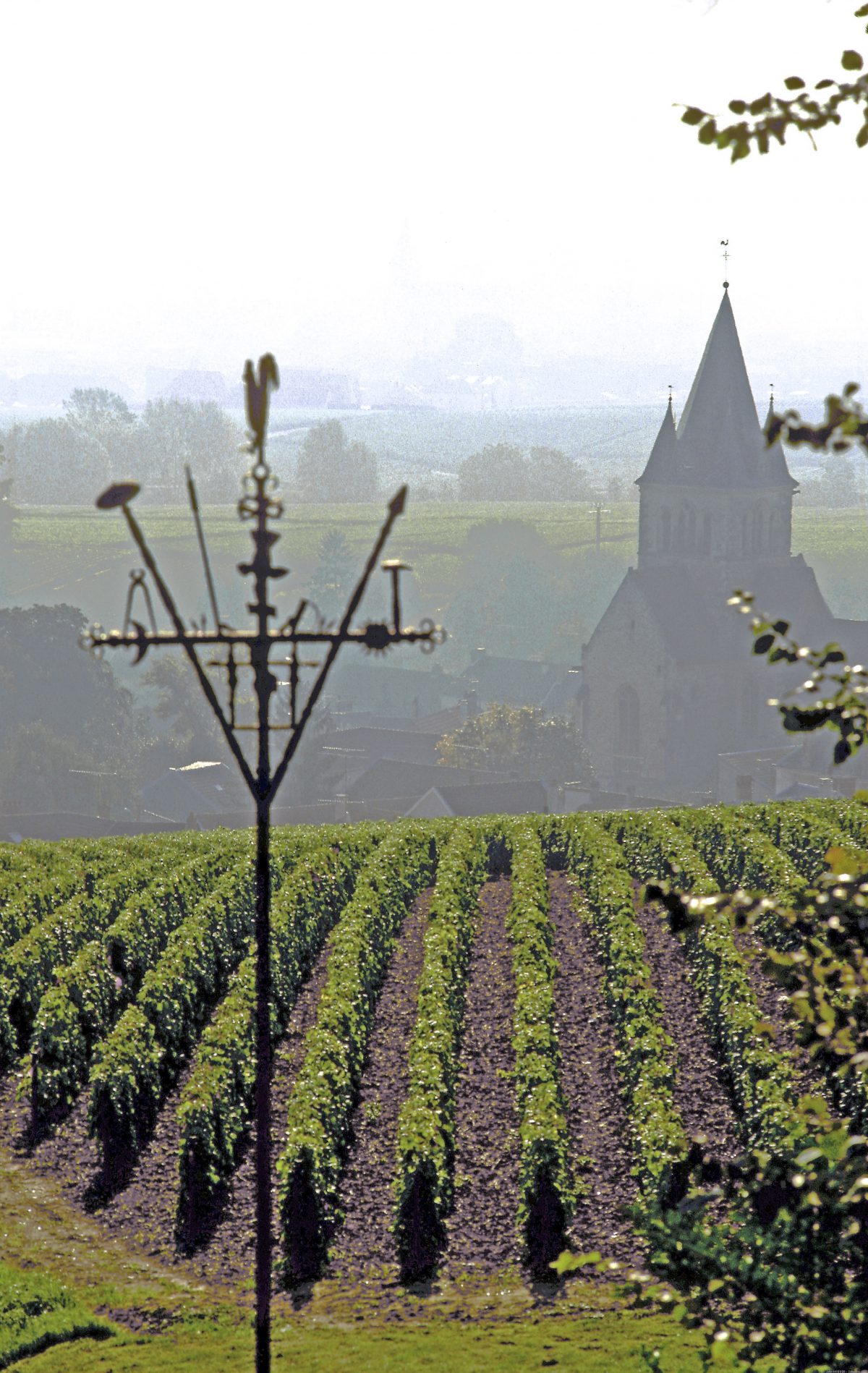
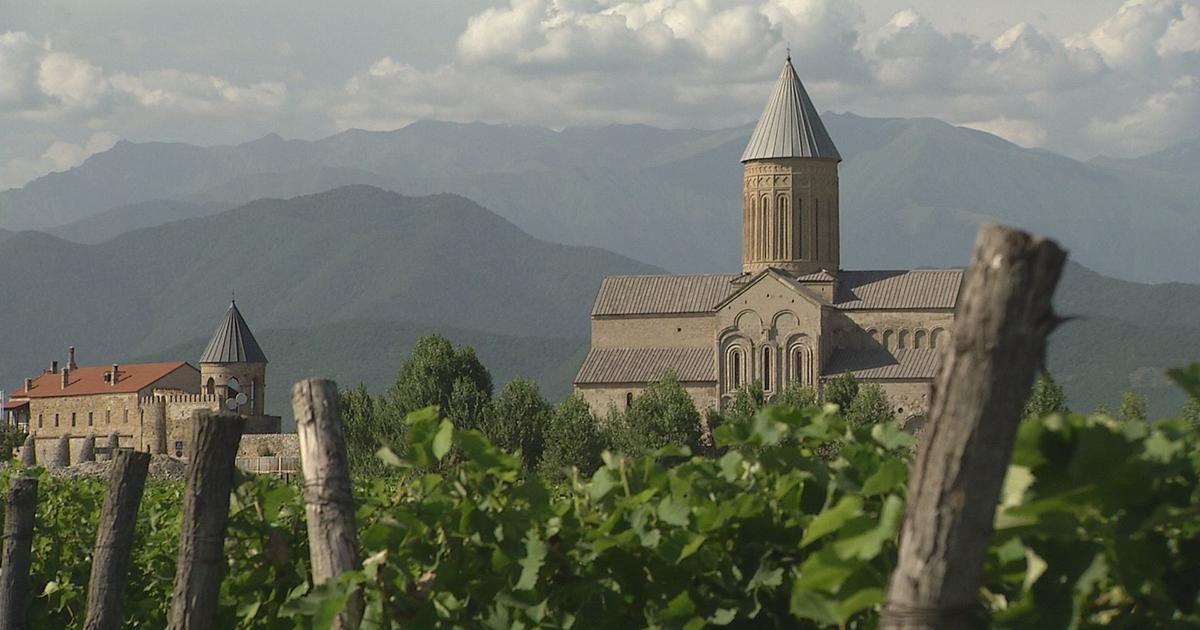



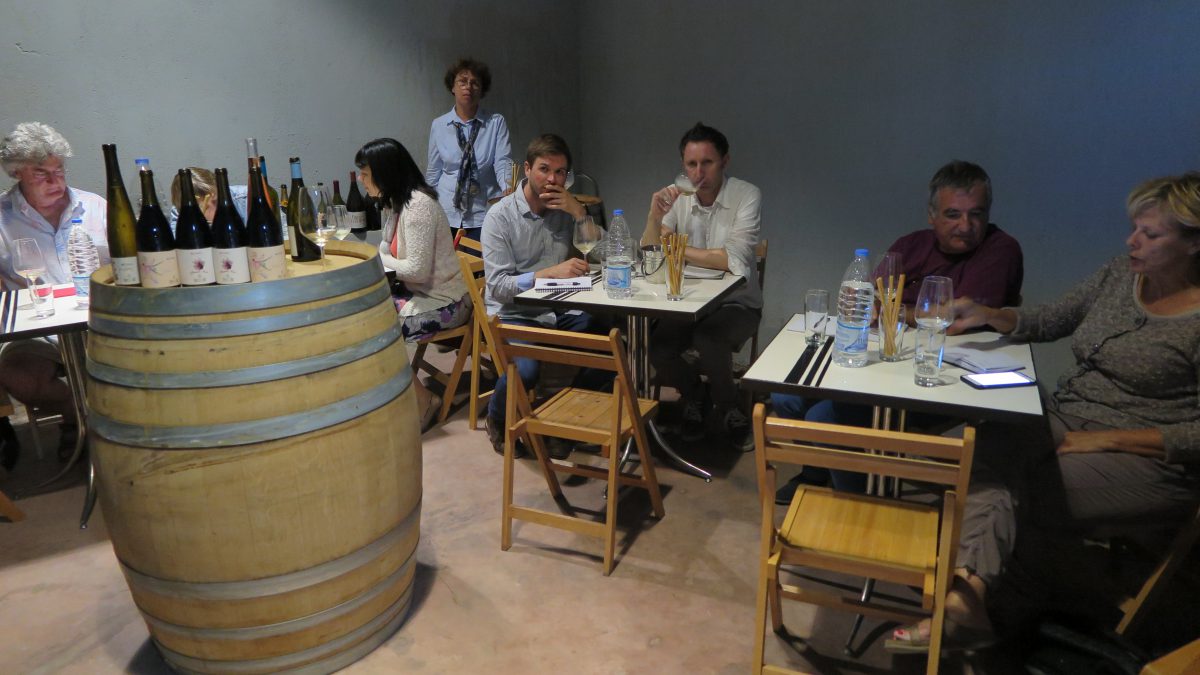
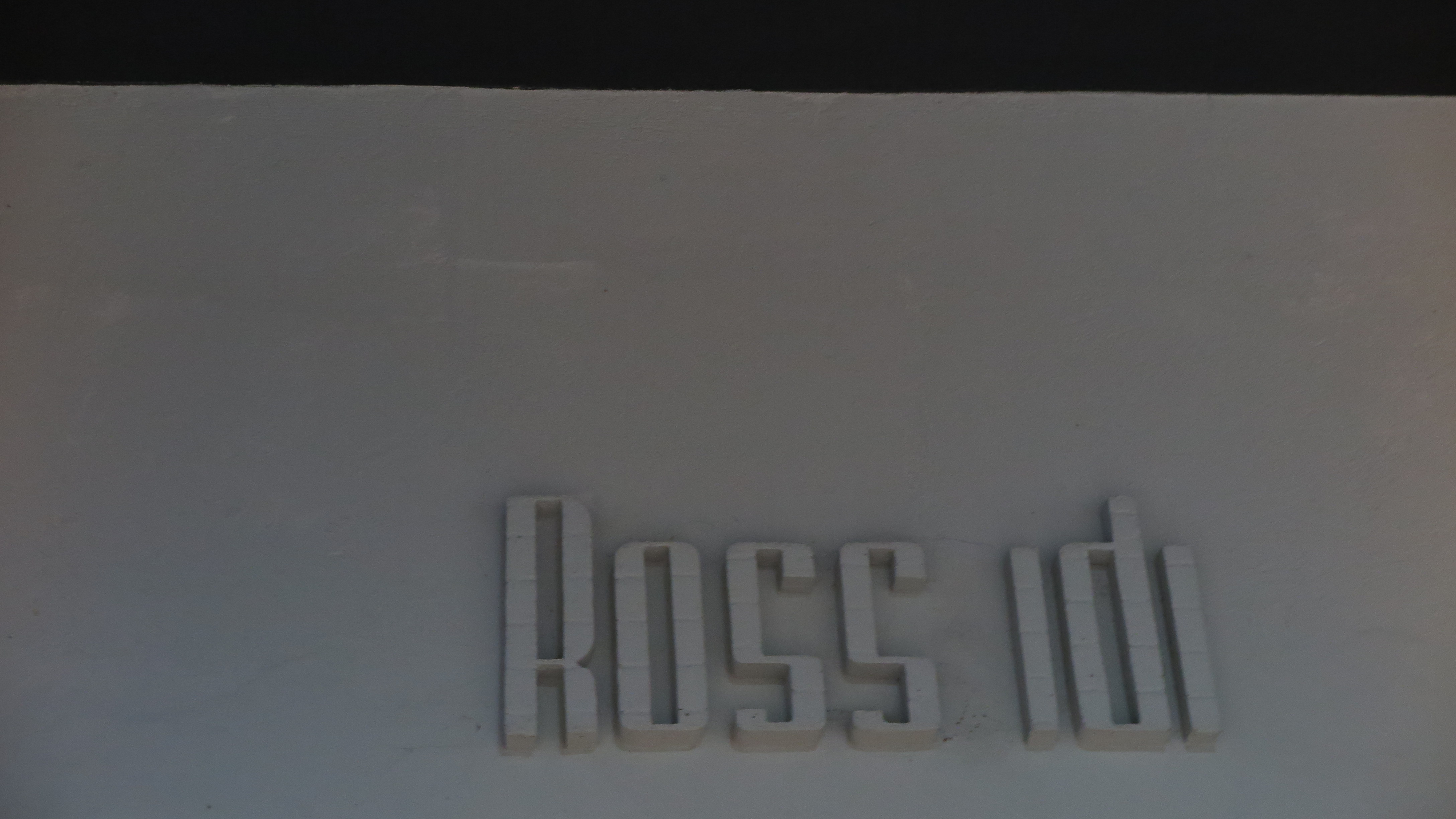 Edward Kourian, owner of Rossidi Winery has been travelling with us throughout this journey and I was really looking forward to visiting his facility and tasting his wines. We drove into a gated industrial facility and parked. We have arrived at Rossidi Winery. So unique – just like the owner and his wines!
Edward Kourian, owner of Rossidi Winery has been travelling with us throughout this journey and I was really looking forward to visiting his facility and tasting his wines. We drove into a gated industrial facility and parked. We have arrived at Rossidi Winery. So unique – just like the owner and his wines!